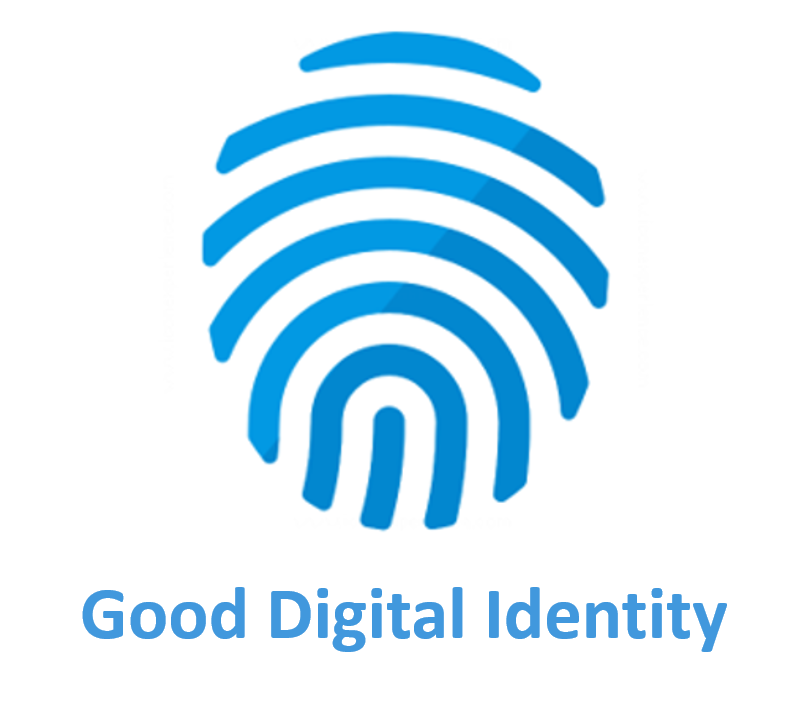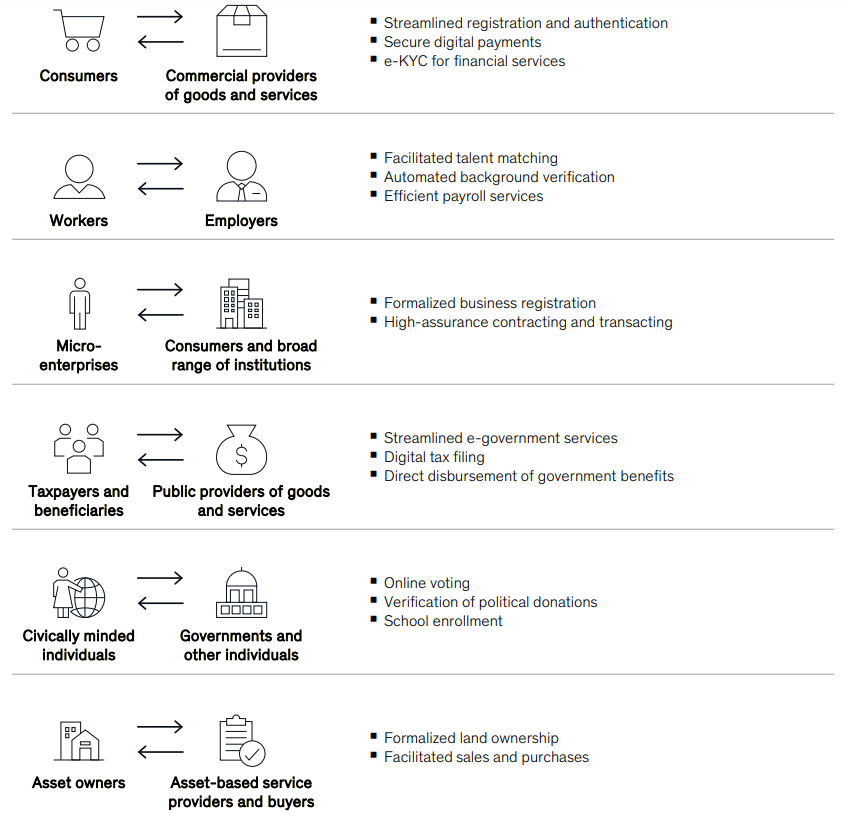Our Impact
“Good digital identification is a key to inclusive growth” New research by the McKinsey Global Institute shows how good digital ID is a new frontier in value creation for individuals and institutions around the world. Countries implementing good digital ID could unlock economic value equivalent to 3–6 percent of GDP on average by 2030, according to a new study
In a world where technology and data are quickly changing all aspects of our lives, one thing remains constant — our right to our identity. While this fundamental human right remains unchanged, technology has changed how we identify ourselves to participate effectively in the economy, access public and private services, and engage in a digitized society.
Digital services frequently cross geographical and sector boundaries, as well as public and private sectors, but many identities do not. As an example a landlord in a foreign country, for example, may not accept your local electricity bill or credit history when you try to rent an apartment.
Mutual recognition — where credentials issued by one system are accepted by another to authenticate and access services — could boost collaboration and reduce costs especially for many cross-border or cross-sector activities. Interoperable systems, which can communicate with each other or exchange data, increase convenience. Yet designers must also prepare for the risks that come with interoperability: an interconnected system may offer more loopholes for security threats to spread.
Privacy-first by design - Identity platform that empower individuals to disclose the minimum of data necessary to authenticate a given transaction; when individuals lack such control, the system itself should customize data disclosure according to the transaction, divulging the minimum necessary. In today’s world, it’s common for individuals to present far more sensitive information than a transaction requires, creating unnecessary user exposer. An official ID card, for example, may show your address when you merely need to prove your age.
Good Digital Identity solves these using unique technology based on cryptography, blockchain and artificial intelligence.
“By 2025 the global datasphere will grow to 163 zettabytes (one zettabyte is a trillion gigabytes), ten times the level in 2016.”
Savings from seamless and secure sharing of medical information
THE FIVE - Five elements that a good identity must satisfy
1. Fit for purpose. Good digital identities offer a reliable way for individuals to build trust in who they claim to be, to exercise their rights and freedoms, and/or demonstrate their eligibility to access services.
2. Inclusive. Inclusive identity enable anyone who needs it to establish and use a digital identity, free from the risk of discrimination based on their identity-related data, and without facing authentication processes that exclude them.
3. Useful. Useful digital identities offer access to a wide range of useful services and interactions and are easy to establish and use.
4. Offers choice. Individuals have choice when they can see how systems use their data and are able to choose what data they share for which interaction, with whom and for how long.
5. Secure. Security includes protecting individuals, organizations, devices and infrastructure from identity theft, unauthorized data sharing and human rights violations.
Today, there are three main archetypes of identity systems in the world. In the most traditional and commonly seen “centralized” archetype, institutions – governments or enterprises – establish and manage identities and related data in their own systems while in a second “federated” archetype, this role is shared among multiple institutions. Systems that follow the newest “decentralized” archetype, mostly still in the pilot stage, seek to give individuals greater control to manage their own identity data.
Time Saving for individuals from e-government services
Use Cases: Where individuals use Good Digital Identity in six roles to interact with organisations and create shared value.
Source: McKinsey Global Institute analysis
To find out more please visit https://www.weforum.org/projects/digital-identity

